I've a login service which gives me JSON object as a response having user details. Now in this response, there's an object named permissions which gives me information about the CRUD permission allowed to the user.
It looks like this :
Now I've different pages, each page having a table. What I want is to check the permission of the logged in user and according to that show/hide the element to create/read/update/delete the record from the table.
What I am currently doing is saving the object onto an array :
$scope.permissionArry = [];
for (var i = 0; i < data.permissions.length; i++) {
$scope.permissionArry.push({
moduleId: data.permissions[i].module_id,
createModule: data.permissions[i].create_module,
readModule: data.permissions[i].read_module,
updateModule: data.permissions[i].update_module,
deleteModule: data.permissions[i].delete_module
});
}
and then trying to pass this array to other controller.
As we know we cannot pass $scope in service/factory I don't know how to proceed (I don't want to use $rootScope).
